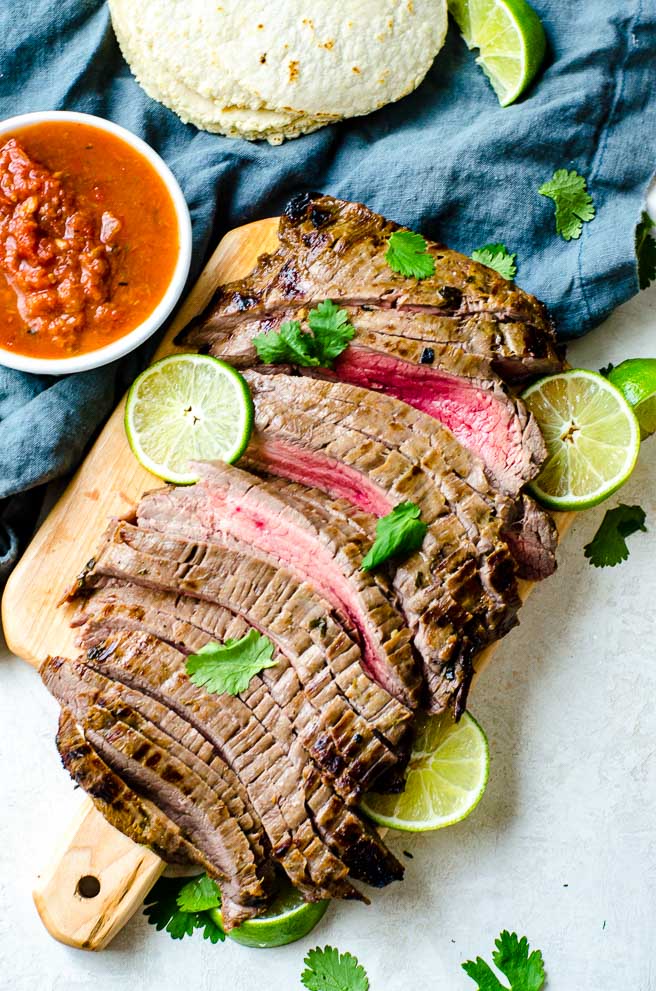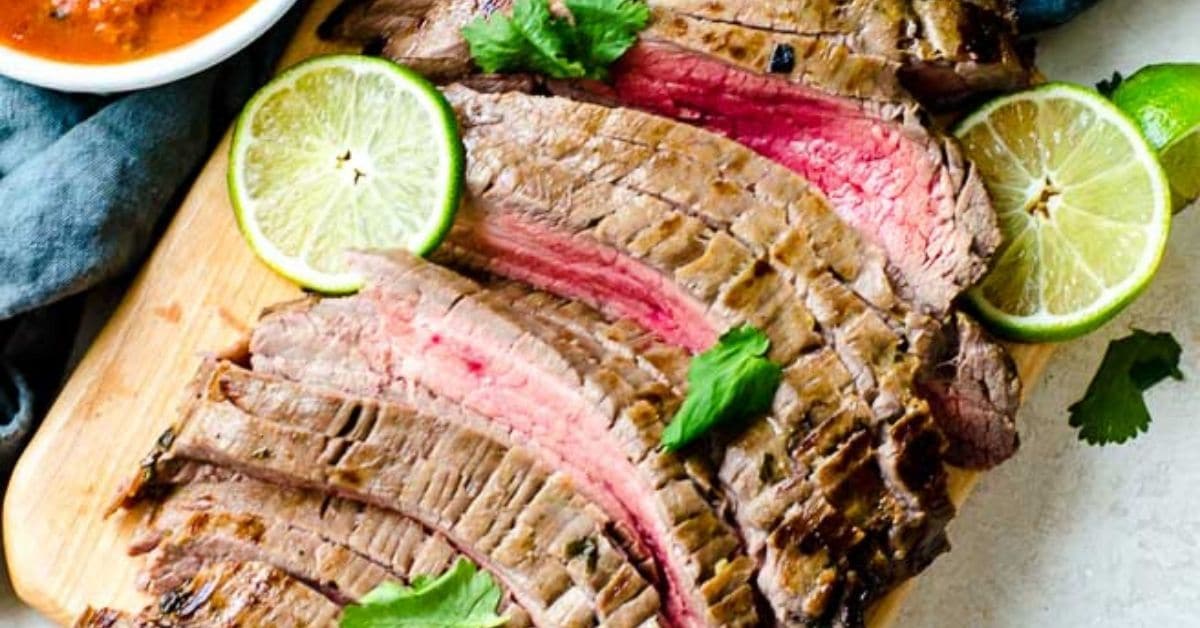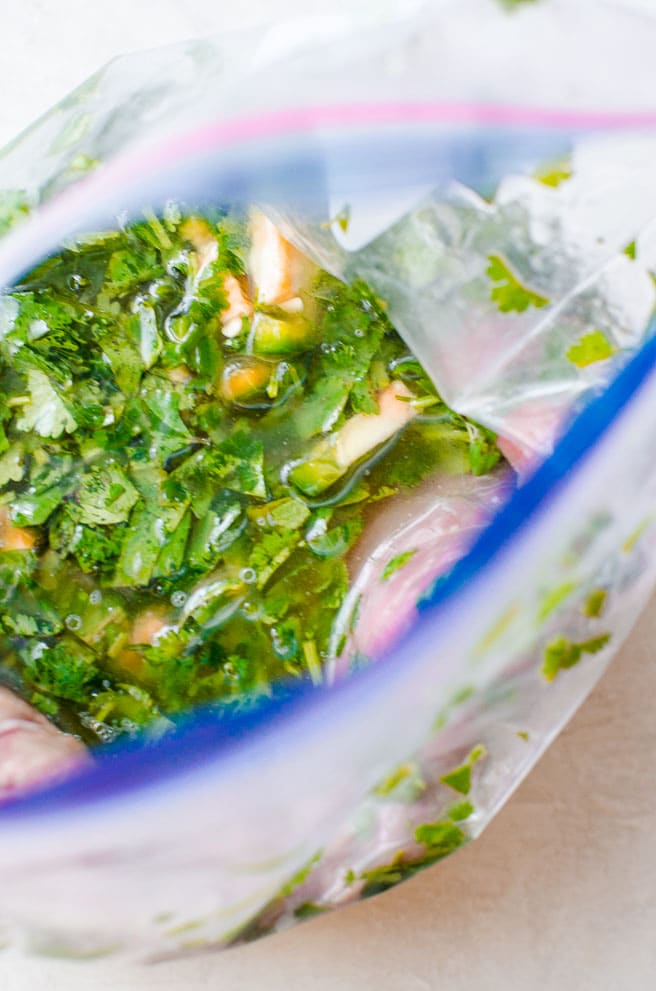All About Asada Meat: A Flavorful Delight
Asada meat is a culinary treasure that has captured the hearts and taste buds of meat lovers around the world. Whether you're a fan of traditional Latin American cuisine or simply enjoy experimenting with flavorful dishes, asada meat offers an unforgettable experience. This succulent cut of meat, typically derived from beef, is marinated in spices and grilled to perfection, creating a tender and aromatic dish that is both satisfying and versatile.
Asada meat is more than just a dish; it's a cultural phenomenon that embodies the rich traditions of Latin American cooking. The dish has evolved over time, adapting to various regional tastes and preferences, while still maintaining its core essence. Its preparation involves a blend of spices and techniques that highlight the natural flavors of the meat, making it a favorite at gatherings, barbecues, and family meals.
For those who are new to asada meat, this article will serve as a comprehensive guide. We'll explore everything from the origins of asada meat to its preparation methods, nutritional benefits, and cultural significance. Whether you're a seasoned chef or a curious home cook, this article will provide valuable insights into making asada meat a staple in your kitchen.
- Comprehensive Guide To Movierulzvpn Your Onestop Destination For Movie Streaming
- 5movierulz 2024 Ndash Your Ultimate Guide To Movie Downloads
Here is the detailed table of contents to help you navigate:
- Origins and History of Asada Meat
- Types of Asada Meat
- Preparing Asada Meat: Step-by-Step Guide
- Essential Spices and Marinades for Asada Meat
- Cooking Techniques for Asada Meat
- Best Pairings with Asada Meat
- Nutritional Value of Asada Meat
- Health Benefits of Asada Meat
- Cultural Significance of Asada Meat
- Frequently Asked Questions About Asada Meat
Origins and History of Asada Meat
Asada meat has a rich history that dates back to the indigenous peoples of Latin America. The term "asada" itself refers to the act of grilling or roasting meat over an open flame. Historically, this method of cooking was used by ranchers and cowboys in the region, who would cook meat over a fire after a long day of work. Over time, asada meat evolved into a dish that was celebrated for its bold flavors and communal appeal.
The origins of asada meat can be traced to the cattle-raising traditions of Mexico and Central America. In these regions, beef was a staple food, and the cuts of meat used for asada were often the tougher, more flavorful parts of the animal. These cuts were marinated in a blend of spices and grilled to tender perfection, creating a dish that was both hearty and satisfying.
- Unveiling The Truth About Hdhu4u A Comprehensive Guide
- Richard Dean Anderson A Comprehensive Look At The Iconic Actors Career And Life
Historical Evolution
Asada meat has undergone several transformations throughout history. Initially, it was a simple dish prepared by ranchers using basic ingredients like salt and chili powder. However, as trade routes expanded and new spices were introduced to the region, the marinades used for asada meat became more complex. Today, asada meat is enjoyed in a variety of forms, from traditional recipes to modern fusion dishes.
Types of Asada Meat
While asada meat traditionally refers to beef, there are several types of cuts that can be used to create this flavorful dish. Each cut offers its own unique texture and flavor profile, making it suitable for different occasions and preferences.
- Carne Asada: This is the most popular type of asada meat, typically made from skirt steak or flank steak. It is known for its tender texture and rich flavor.
- Asada de Res: Another common variation, this cut is derived from the chuck or shoulder of the cow. It is slightly tougher but incredibly flavorful when marinated properly.
- Pork Asada: While not traditional, pork asada has gained popularity in recent years. It offers a slightly sweeter flavor profile and is often marinated with fruit-based sauces.
Choosing the Right Cut
Selecting the right cut of meat is crucial for achieving the best results with asada meat. For beginners, skirt steak is often recommended due to its tender texture and ease of preparation. However, more experienced cooks may prefer experimenting with tougher cuts, as they can develop deeper flavors when cooked slowly over low heat.
Preparing Asada Meat: Step-by-Step Guide
Preparing asada meat involves several key steps, from selecting the right cut of meat to marinating and grilling it to perfection. Below is a comprehensive guide to help you master the art of making asada meat.
Step 1: Selecting the Meat
Start by choosing a high-quality cut of meat. For traditional asada meat, skirt steak or flank steak is ideal. Ensure the meat is fresh and free of any visible fat or gristle.
Step 2: Marinating the Meat
Marinating is an essential step in preparing asada meat. A typical marinade includes ingredients like lime juice, soy sauce, garlic, cumin, and chili powder. Allow the meat to marinate for at least 2-4 hours to ensure maximum flavor absorption.
Step 3: Grilling the Meat
Once the meat is marinated, it's time to grill it. Use a charcoal or gas grill set to medium-high heat. Grill the meat for 3-5 minutes on each side, or until it reaches your desired level of doneness. Let the meat rest for a few minutes before slicing it against the grain.
Essential Spices and Marinades for Asada Meat
The secret to great asada meat lies in the spices and marinades used to enhance its natural flavors. Below is a list of essential ingredients that can elevate your asada meat to the next level:
- Cumin: Adds a warm, earthy flavor to the meat.
- Chili Powder: Provides a spicy kick and enhances the meat's natural flavors.
- Ginger: Offers a slightly sweet and tangy flavor that complements the richness of the meat.
- Garlic: A staple ingredient in most marinades, garlic adds depth and complexity to the dish.
Creating Your Own Marinade
Experimenting with your own marinade is a great way to personalize your asada meat. Start with a base of lime juice and soy sauce, then add your favorite spices and herbs. For a sweeter marinade, consider adding brown sugar or honey. Always taste the marinade before applying it to the meat to ensure the flavors are balanced.
Cooking Techniques for Asada Meat
Cooking asada meat requires a combination of skill and technique to achieve the perfect result. Below are some popular cooking methods that can be used to prepare asada meat:
Grilling
Grilling is the most traditional method for cooking asada meat. It imparts a smoky flavor to the meat and creates a delicious char on the surface. Use a charcoal or gas grill set to medium-high heat for the best results.
Pan-Seared
If you don't have access to a grill, pan-searing is a great alternative. Heat a cast-iron skillet over medium-high heat and cook the meat for 3-5 minutes on each side. This method works especially well for thinner cuts of meat.
Best Pairings with Asada Meat
Asada meat pairs beautifully with a variety of side dishes and accompaniments. Below are some popular pairings that can enhance your dining experience:
- Tortillas: Wrap asada meat in warm tortillas for a delicious taco or burrito.
- Rice and Beans: Serve asada meat alongside a side of fluffy rice and seasoned beans for a complete meal.
- Salsa: Add a dollop of fresh salsa to your asada meat for an extra burst of flavor.
Creating a Complete Meal
To create a complete meal, consider adding a fresh salad or grilled vegetables to the menu. The crisp textures and vibrant flavors of these dishes complement the richness of asada meat perfectly.
Nutritional Value of Asada Meat
Asada meat is not only delicious but also packed with nutrients. Below is a breakdown of the nutritional value of a typical serving of asada meat:
- Protein: Asada meat is an excellent source of high-quality protein, which is essential for muscle growth and repair.
- Iron: Beef is rich in iron, which supports healthy blood production and prevents anemia.
- Vitamins: Asada meat contains several essential vitamins, including B12 and niacin, which support energy metabolism and nervous system health.
Healthier Options
For those looking to make healthier choices, consider using leaner cuts of meat or reducing the amount of oil used in the marinade. Grilling the meat instead of frying it can also help reduce fat content while preserving flavor.
Health Benefits of Asada Meat
In addition to its delicious taste, asada meat offers several health benefits when consumed in moderation. Below are some of the key benefits:
- Rich in Essential Nutrients: Asada meat is a great source of protein, iron, and vitamins, making it a nutritious addition to any diet.
- Supports Muscle Growth: The high protein content in asada meat supports muscle growth and repair, making it ideal for athletes and fitness enthusiasts.
- Boosts Energy Levels: The vitamins and minerals found in asada meat can help boost energy levels and improve overall well-being.
Cultural Significance of Asada Meat
Asada meat holds a special place in the cultural traditions of Latin America. It is often served at family gatherings, festivals, and celebrations, symbolizing unity and togetherness. The act of grilling asada meat over an open flame is a communal experience that brings people together and strengthens bonds.
Modern Adaptations
In recent years, asada meat has gained popularity beyond its traditional roots. Chefs around the world have embraced the dish, incorporating it into fusion cuisine and modern recipes. Despite these adaptations, the core essence of asada meat remains unchanged, continuing to delight and inspire food lovers everywhere.
Frequently Asked Questions About Asada Meat
What is the best cut of meat for asada?
The best cut of meat for asada is typically skirt steak or flank steak. These cuts are tender and full of flavor, making them ideal for grilling.
How long should I marinate the meat?
For optimal flavor, marinate the meat for at least 2-4 hours. Overnight marination can also be beneficial if time allows.
Can I use chicken or pork instead of beef?
Yes, chicken or pork can be used as substitutes for beef in asada meat recipes. Simply adjust the marinade and cooking time accordingly.
Conclusion
Asada meat is a flavorful delight that offers something for everyone. From its rich history and cultural significance to its delicious taste and nutritional benefits, this dish is a true culinary gem. By following the tips and techniques outlined in this article, you can create asada meat that is both delicious and satisfying.
We invite you to share your thoughts and experiences with asada meat in the comments below. Whether you're a seasoned chef or a beginner cook, your feedback is invaluable to us. Don't forget to explore our other articles for more culinary inspiration and delicious recipes!



Detail Author:
- Name : Mrs. Alessia Block
- Username : wisozk.jesse
- Email : trudie.schiller@yahoo.com
- Birthdate : 1992-06-23
- Address : 4834 Jocelyn Skyway Schuppefort, NV 44272-4043
- Phone : 747.625.1142
- Company : Beatty Ltd
- Job : Film Laboratory Technician
- Bio : Veniam saepe voluptas et expedita dolorum fuga qui qui. Dolor quia aut tenetur incidunt. Enim aut recusandae nam quia quo quaerat.
Socials
tiktok:
- url : https://tiktok.com/@zulauf2008
- username : zulauf2008
- bio : Animi dolore architecto vitae id qui. Qui eos voluptatibus ex accusamus.
- followers : 4652
- following : 2698
linkedin:
- url : https://linkedin.com/in/godfrey_zulauf
- username : godfrey_zulauf
- bio : Doloremque et blanditiis et accusantium.
- followers : 270
- following : 2758
facebook:
- url : https://facebook.com/gzulauf
- username : gzulauf
- bio : Consequatur quos repellat porro eaque neque.
- followers : 2529
- following : 1618
twitter:
- url : https://twitter.com/godfrey8436
- username : godfrey8436
- bio : Qui amet qui non. Autem et molestiae labore earum rerum enim qui. Et pariatur et atque itaque quia sed. Fugiat aut velit exercitationem dolorem omnis dolore.
- followers : 4042
- following : 1716